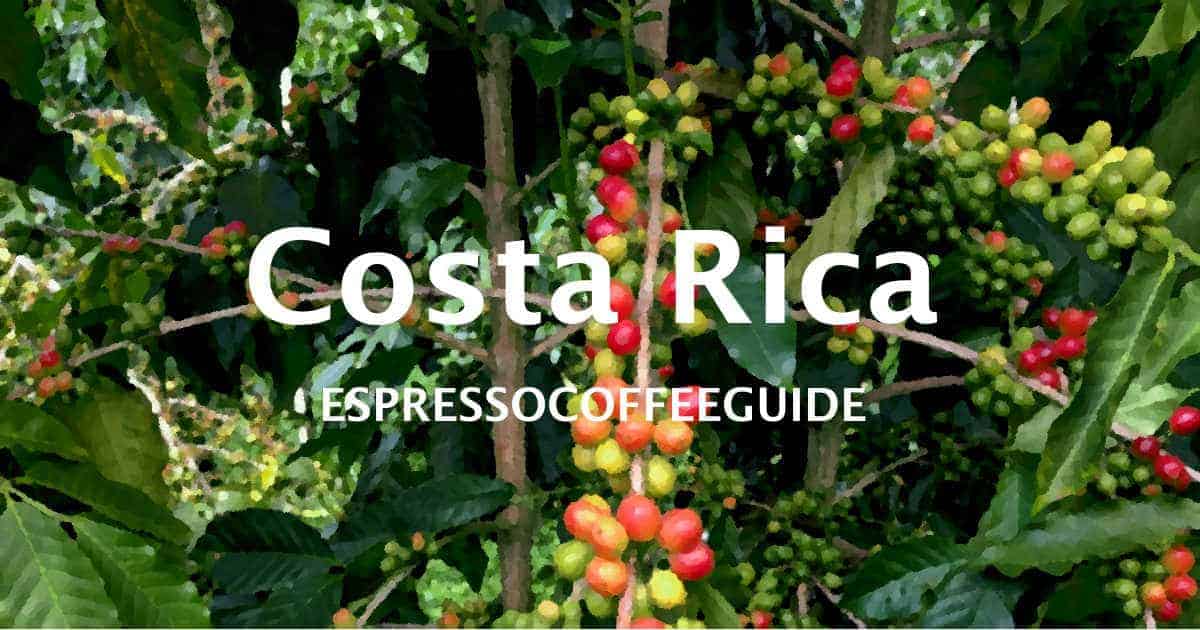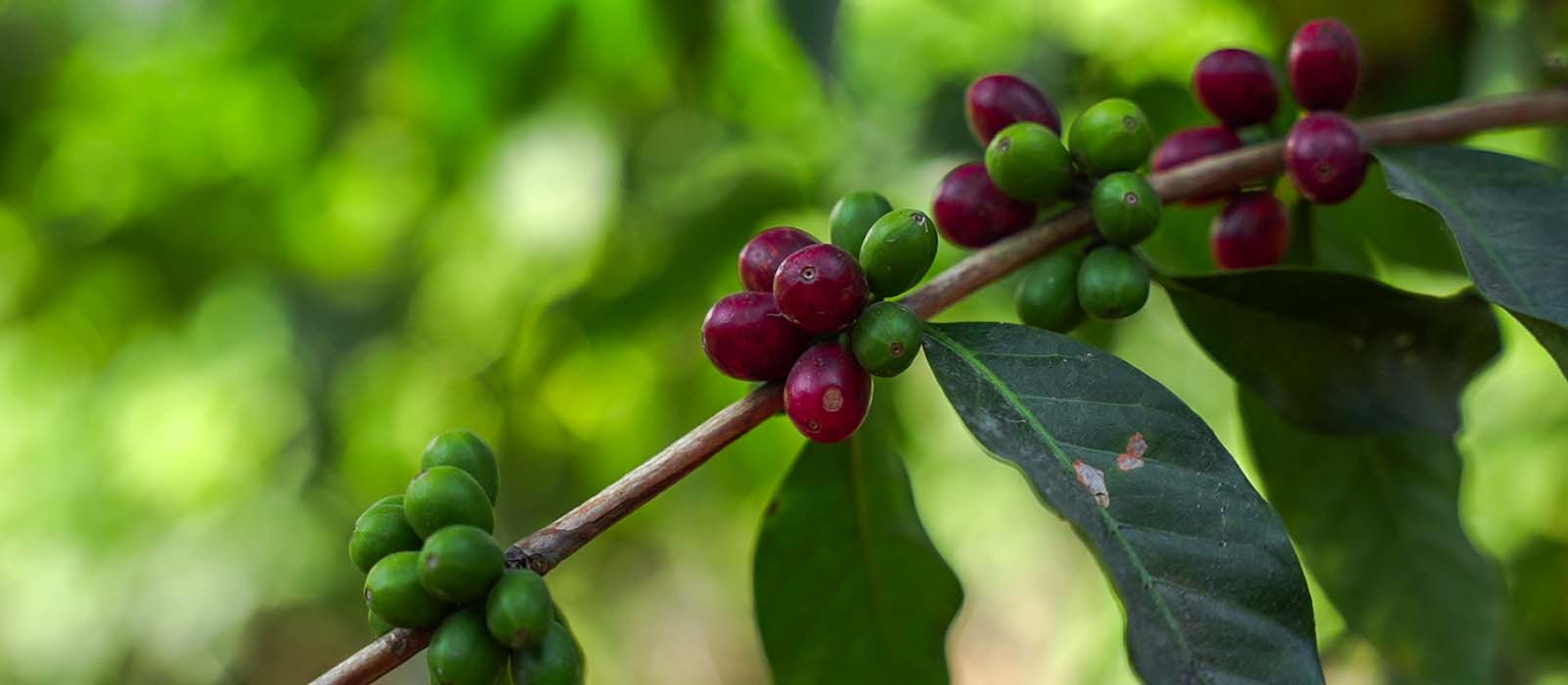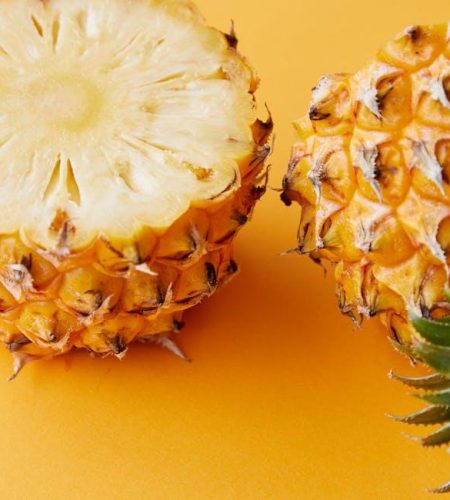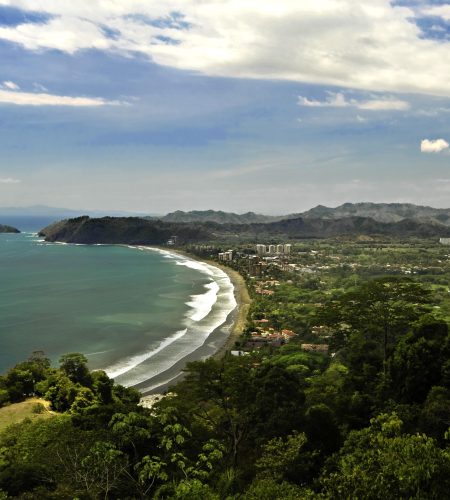Welcome, coffee enthusiasts, to a journey of flavor-filled delight as we explore the wonderful world of Costa Rican coffee! Prepare your taste buds for an adventure like no other as we dive into the rich history, vibrant culture, and of course, the delicious aromas and flavors that make Costa Rican coffee a truly exceptional experience. So grab your favorite mug, cozy up with a good book, and get ready to savor every sip of this liquid gold from the land of pura vida. Let’s delve into the delightful tastes of Costa Rican coffee and discover what makes it simply irresistible!
Contents
The Rich History of Costa Rican Coffee Production
Costa Rica boasts a rich history when it comes to coffee production, dating back to the early 19th century when it first became a major export crop. The country’s unique climate and fertile volcanic soil provide the perfect conditions for growing high-quality coffee beans.
One of the most interesting aspects of Costa Rican coffee production is the emphasis on sustainability and eco-friendliness. Many coffee farms in the country use organic farming methods and prioritize conservation of the surrounding environment. This commitment to sustainability has helped Costa Rican coffee earn a reputation for being not only delicious but also environmentally responsible.
Costa Rican coffee is known for its bright acidity, full body, and rich, complex flavors. Some popular varieties of Costa Rican coffee include:
- Tarrazu: Known for its clean, crisp flavor with hints of citrus and chocolate.
- Tres Rios: A well-balanced coffee with floral notes and a hint of sweetness.
- Heredia: Bold and flavorful, with a caramel-like sweetness and nutty undertones.
So the next time you sip on a cup of Costa Rican coffee, take a moment to appreciate the rich history and dedication to quality that goes into each delicious brew.

Exploring the Diverse Flavors of Different Coffee Regions in Costa Rica
Costa Rica is a coffee lover’s paradise, with each region offering its own unique flavors and profiles. From the bustling streets of San Jose to the lush mountains of Alajuela, there is a never-ending array of coffee experiences waiting to be discovered.
One of the most popular regions for coffee in Costa Rica is the Central Valley, home to the famous Tarrazú and Tres Rios coffees. Tarrazú is known for its bold, rich flavor with hints of chocolate and citrus, while Tres Rios offers a smooth, balanced cup with floral notes. Both are a must-try for any coffee connoisseur.
If you’re looking for something a bit more adventurous, head to the Caribbean coast where you’ll find the unique flavors of the Huetar region. This coffee is known for its fruity, sweet profile with hints of caramel and spice. It’s a fun and unexpected twist on your typical cup of joe.
And let’s not forget about the hidden gem of Costa Rica, the Brunca region. Here you’ll find coffee with a bold, earthy flavor and a hint of nuttiness. It’s a truly unique experience that will leave you craving more.

The Unique Growing Conditions that Make Costa Rican Coffee Exceptional
Costa Rican coffee doesn’t just happen. Oh no, it’s a labor of love that involves some seriously unique growing conditions. So, what makes this brew so exceptional? Let me break it down for you:
First off, Costa Rica’s volcanic soil is like the Bentley of dirt. That rich, mineral-packed earth gives the beans a distinct flavor profile that you just can’t find anywhere else. It’s like each sip is a vacation for your taste buds.
And let’s talk altitude. These coffee plants are practically living in the clouds, soaking up all that fresh mountain air. The high elevation not only slows down the ripening process, but it also adds a brightness and acidity to the coffee that’s as refreshing as a dip in the Costa Rican ocean.
Finally, the microclimates in Costa Rica are as varied as the colors of a toucan. From the sunny plains to the misty rainforests, each region imparts its own unique flavors on the beans. It’s like a coffee tasting adventure around every corner!

Popular Brewing Methods to Bring Out the Best in Costa Rican Coffee
When it comes to brewing the perfect cup of Costa Rican coffee, there are a few popular methods that can help you bring out the best flavors and aromas of this delicious beverage. Here are some fun and quirky ways to make your morning brew a truly memorable experience:
- Aeropress: This handy little device may look like a torture device for tiny aliens, but trust us, it makes one heck of a cup of coffee. Just add your finely-ground Costa Rican beans, pour in hot water, and press down. The result? A rich and flavorful cup of java that will make you feel like you’re sipping coffee straight from the lush Costa Rican rainforest.
- French Press: Ah, the classic French press. It’s like making coffee in a mini bathtub for your beans. Simply add your coarsely ground Costa Rican coffee, pour in hot water, let it steep for a few minutes, and press down the plunger. The result? A bold and robust cup of coffee that will transport you to the charming streets of San Jose with each sip.
- Pourover: This method is like the fancy-schmancy cousin of drip coffee. Just place a filter over your mug, add your medium-ground Costa Rican coffee, and slowly pour in hot water in a circular motion. The result? A clean and crisp cup of coffee that will make you feel like you’re lounging on a pristine Costa Rican beach.
So there you have it, folks! The next time you brew some Costa Rican coffee, why not give one of these popular methods a try? Who knows, you may just discover a new favorite way to enjoy your daily dose of caffeine!

Sustainable Practices in Costa Rican Coffee Farming
Costa Rican coffee farming is renowned for its sustainable practices, which not only benefit the environment but also produce some of the best coffee beans in the world. Here are some of the unique and eco-friendly methods used in Costa Rican coffee farms:
- Shade-Grown Coffee: Unlike conventional coffee farming methods that clear-cut forests for sun exposure, Costa Rican coffee farmers grow their beans under the shade of trees. This not only preserves the natural habitat but also helps maintain the soil quality and biodiversity.
- Organic Farming: Costa Rican coffee farmers prioritize organic methods of farming, avoiding the use of harmful chemicals and pesticides. Instead, they rely on natural fertilizers and pest-control techniques, ensuring cleaner, healthier coffee beans.
- Water Conservation: Water is a precious resource, especially in Costa Rica where droughts can be common. Coffee farmers in Costa Rica implement water conservation methods such as drip irrigation and rainwater harvesting to minimize water wastage while ensuring their crops are well-hydrated.
By combining these sustainable practices, Costa Rican coffee farmers not only produce high-quality coffee beans but also contribute to the overall health of the environment. So the next time you sip on a cup of Costa Rican coffee, remember that it comes from a place where eco-consciousness is as important as the flavor of the beans.
The Art of Coffee Tasting: Recognizing Quality in Costa Rican Coffee Beans
So you think you know your coffee, huh? Well, buckle up because we’re about to take a wild ride through the intricate world of Costa Rican coffee bean tasting. Get ready to impress your friends with your newfound knowledge and snobbish attitude towards anything less than the finest brew.
First things first, let’s talk about the appearance of these glorious beans. Quality Costa Rican coffee beans should be uniform in size and shape, with a deep, rich color that practically screams perfection. If you spot any beans that look misshapen or discolored, toss ’em aside like yesterday’s news.
Next up, it’s time to unleash your inner Sherlock Holmes and get sniffing. Take a deep whiff of those beans and let your olfactory senses guide you. Quality Costa Rican coffee beans should have a strong, pleasant aroma that makes your heart skip a beat. If you detect any funky odors or bland scents, it’s time to say hasta la vista, baby.
- Look for beans with a deep, rich color
- Avoid misshapen or discolored beans
- Quality beans should have a strong, pleasant aroma
- Trust your nose and don’t settle for anything less
FAQs
What makes Costa Rican coffee unique?
Costa Rican coffee is unique due to its growing conditions in rich volcanic soil, high altitudes, and ample rainfall. These factors contribute to a smooth and balanced flavor profile with hints of citrus and chocolate.
How is Costa Rican coffee typically processed?
Costa Rican coffee is typically processed using the washed method, which involves removing the outer fruit pulp before drying the beans. This results in a clean and bright flavor profile that is highly sought after by coffee connoisseurs.
Where can I purchase authentic Costa Rican coffee?
You can purchase authentic Costa Rican coffee from specialty coffee shops, online retailers, or directly from Costa Rican coffee farms. Look for certifications such as “Café de Costa Rica” to ensure you are getting the real deal.
What is the best way to brew Costa Rican coffee?
The best way to brew Costa Rican coffee is through pour-over or French press methods to fully extract the flavors and aromas. Remember to use freshly ground coffee beans and water at the right temperature for the best results.
Are there any specific food pairings that go well with Costa Rican coffee?
Costa Rican coffee pairs well with tropical fruits like bananas and pineapple, as well as pastries like tres leches cake or empanadas. The bright and fruity notes of the coffee complement these flavors perfectly.
—
Get Buzzed on the Rich Flavors of Costa Rican Coffee!
So there you have it, folks! Costa Rican coffee is more than just a morning pick-me-up – it’s a delightful journey for your taste buds. From the nutty notes of Tarrazu to the citrusy hints of Tres Rios, there’s a flavor profile for everyone to enjoy. So why settle for a boring old brew when you can indulge in the exotic tastes of Costa Rican coffee? Treat yourself to a cup today and elevate your coffee game to a whole new level!
Stay caffeinated, my friends!




